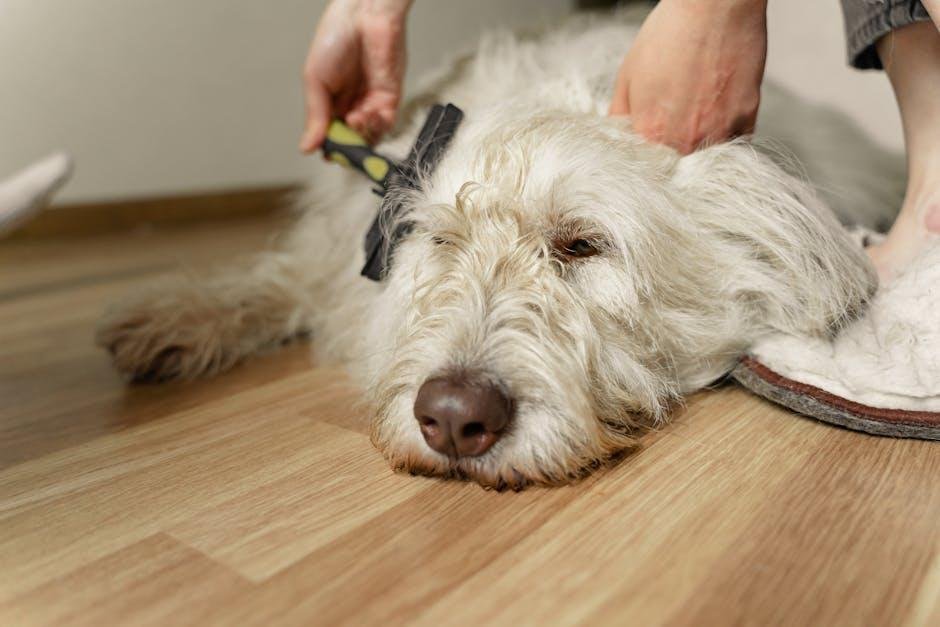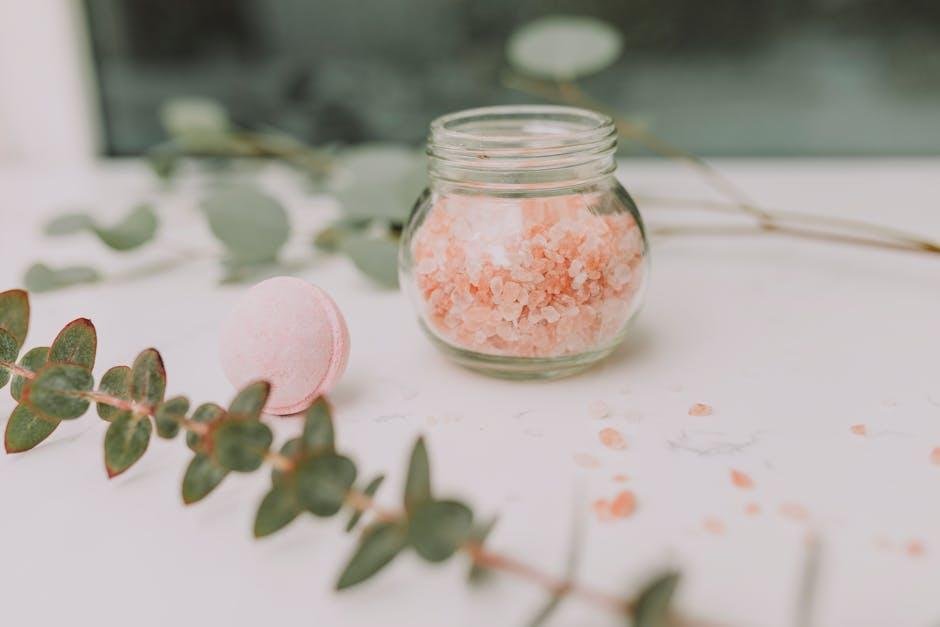Introduction: Taming the Fur Frenzy – Mastering the Art of Dog Grooming
In the heart of every well-groomed pup lies a tale of patience,understanding,adn a little bit of teamwork. For many dog owners, the prospect of brushing their furry companions can be met with a whirlwind of excitement, hesitation, or even resistance. After all, the sound of the brush and the sensation of bristles can invoke a spectrum of emotions in our four-legged friends. However, grooming doesn’t have to be a battle; it can be a bonding experience. This article delves into effective techniques for training your dog to tolerate brushing, transforming what may initially seem like a daunting task into a harmonious ritual. With the right approach, you can help your canine companion embrace grooming sessions, making them a welcome part of your regular routine. Grab your brush and let’s embark on this journey together!
understanding Your Dog’s Grooming Anxiety
Many dogs experience grooming anxiety, which can manifest as fear, stress, or resistance during brushing sessions. Understanding the roots of this anxiety is crucial to helping your furry friend learn to tolerate grooming. Factors such as previous traumatic experiences, lack of early exposure to grooming tools, or even simply being a particularly sensitive breed can all contribute to a dog’s unease. Recognizing these triggers will enable you to approach grooming with greater compassion and patience, ensuring that your canine companion feels safe and secure.
To ease your dog’s grooming anxiety,consider implementing the following strategies:
- Positive Reinforcement: Use treats and praise to reward calm behavior during brushing.
- Gradual Desensitization: Introduce grooming tools slowly, allowing your dog to sniff and investigate them before using them.
- Short Sessions: Keep grooming sessions brief at first to avoid overwhelming your dog.
- comfort Zone: Choose a quiet, familiar space for grooming to help your dog feel secure.
- Consistency: Regularly scheduled grooming helps your dog understand what to expect and can decrease anxiety.

Creating a Positive Association with the Brush
To ensure your dog associates brushing with positive experiences, start by introducing the brush in a low-pressure environment. Allow your pet to sniff and explore the brush without any immediate grooming. During these initial interactions, offer treats or engage in their favorite game, reinforcing the idea that the brush is a part of a fun experience. Consider the following techniques:
- Gradual Introduction: Show the brush during playtime.
- Frequent Rewards: Use high-value treats to create excitement.
- Positive Verbal Cues: Use encouraging phrases while brushing.
After familiarizing your dog with the brush, gradually integrate brushing into their routine. start with just a few strokes on an area where your dog is most agreeable, such as their back, and take breaks to keep the experience enjoyable. Keep the sessions short, aiming to maintain a light-hearted atmosphere. Tracking progress with a simple chart can help highlight positive developments, such as:
| Day | Duration (Minutes) | Dog’s Reaction |
|---|---|---|
| 1 | 2 | curious |
| 3 | 3 | Relaxed |
| 5 | 5 | enjoying it |
This record will not only help you monitor the dog’s comfort levels but also give you the motivation to continue creating that joyous association with grooming time.

Gradual Techniques for Successful Brushing Sessions
Establishing a positive association with brushing can transform the experience for both you and your dog. Start by choosing a specific space designated for grooming that is calm and free from distractions. Gradually introduce your dog to the brush by allowing them to sniff it. You might also consider offering treats or their favorite toy during this initial introduction to create a sense of curiosity rather than apprehension. Once they appear comfortable, you can progressively place the brush against their fur without actually brushing, rewarding them with praise and treats to reinforce a positive reaction.
Once your dog is familiar with the brush, incorporate short brushing sessions into your routine. begin with just a few strokes on an area they enjoy being touched, such as the back or sides, and gradually increase the duration as they become more tolerant. Monitor their body language closely—relaxed ears and a wagging tail indicate comfort, while stiff posture or trying to move away indicates stress. If resistance occurs, pause and allow your dog to decompress before resuming. Consistency is key, so aim to brush for a few minutes several times a week, nurturing not just their coat but also your bond.

Maintaining Consistency and Patience in Training
Training your dog to comfortably accept brushing is a journey that requires both consistency and patience. Establish a routine that incorporates brushing sessions at specific times of the day, so your furry friend can anticipate and prepare for the experience.Start with short, enjoyable sessions that gradually increase in duration as your dog grows more accustomed to the brush. Use positive reinforcement techniques,such as treats and praise,to reward your dog for calm behavior during grooming. This creates a positive association with the brush,making it a tool for pleasure rather than one of fear.
As you progress, it’s essential to remain patient and understand that every dog learns at their own pace. Some dogs may adapt quickly, while others may require a little more encouragement. Keep a checklist of key milestones to track your dog’s progress, such as:
- Initial acceptance of the brush
- Tolerance of short brushing sessions
- Increased duration of grooming
- Calmness during the entire brushing process
Consider implementing a simple tracking table to record daily progress, allowing you to celebrate small victories along the way:
| Date | Duration of Brushing (min) | dog’s Reaction |
|---|---|---|
| Day 1 | 2 | Curious |
| Day 3 | 5 | Relaxed |
| Day 7 | 10 | Enjoying it! |
Remember, the goal is to foster a loving bond through this grooming practice. With time,your pet will not only tolerate brushing but may even come to enjoy it.
Wrapping up
As your journey to help your dog embrace brushing comes to a close, remember that patience, consistency, and a sprinkle of love are your most powerful tools. Each gentle stroke not only contributes to your pet’s physical health but strengthens the bond you share. With time, your dog will come to see brushing as a pleasant routine rather than a chore. By investing effort into this process, you’re not just grooming a coat; you’re nurturing trust and understanding between you and your furry companion.So, gather your brushes, put on that gentle demeanor, and embark on this rewarding journey together. a well-groomed dog is a happy dog—ready to wag their tail at your side!



